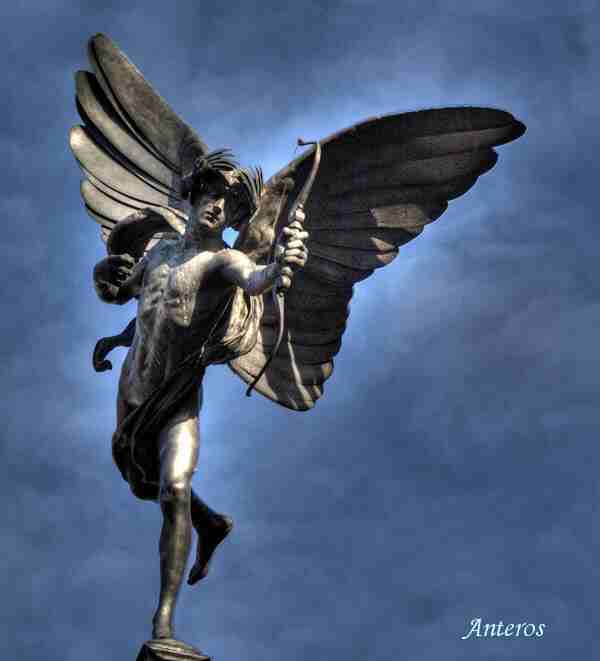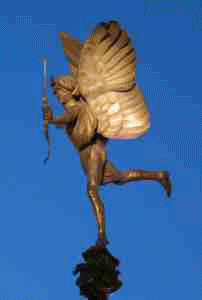 The avatar of Anteros today.
The avatar of Anteros today.
There is a Man i know today who in everyway symbolizes love. A Man W/we in the chat program "Palace" know as Anteros. i know no Man who has a kinder heart then this Man, Anteros, whom i call my Master. In the dead of winter He would give the clothes off His own back to someone who needed them. If a person is in need, He is there lending a helping hand or a strong shoulder to cry upon. He knows not how to turn His back to those worthy of help. In my opinion, my Master, Anteros, carries the name of the Greek God of ancient times proudly and i personally can think of no one more deserving to carry the name Anteros than He.
Anteros (Anteros)
¿Qué voz, Oh vengativo Anteros,
Te ha llamado desde la insemine extensión?—
¡Sembrador Oscuro de las cizañas de la pérdición
Entre la gran cosecha del campo de amor!
¿Qué boca, Oh Anteros fúnebre,
Debe comer el grano que las estaciones han producido?
Tu tacto, Oh mortal Anteros,
Que ha vuelto al sáfico laurel seco,
Tus alas han lanzado su noche a través
Del arco estacional de nuestro año en Saturno,
El ciprés, Oh triste Anteros,
Ha crecido más oscuro cuando tú te has conducido tan cerca...
Oh amante, tu negra oración retracta,
¡Quién llamó al malsano Anteros!
Corónenlo con ortigas, arrodíllese, y reposen
Sus frentes sobre el altar del amor cerrado,
Al Eros que parte orad
Contra la ira de Anteros.
.............Greek Translation Of Poem Anteros
On To The Links
aura's links
Thank you for visiting my page at Angelfire. Please come back and visit again!
 Island Of Love
Island Of Love
Email: aurora_sl1950@yahoo.com






